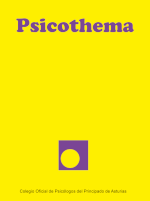Resumen
Antecedentes: pese a que los términos “acción” e “inacción” se han utilizado para describir objetos de actitudes, comportamientos y metas, no se ha investigado el significado de acción e inacción para los ciudadanos de a pie. Método: en el Estudio 1 se pidió a los participantes que generaran espontáneamente palabras y comportamientos asociados con la acción o la inacción. En los Estudios 2 y 3 se presentaron comportamientos y los participantes reportaron si cada comportamiento involucraba intencionalidad, esfuerzo y cambio. Resultados: un procesamiento de lenguaje natural de las respuestas del Estudio 1 reveló conceptualizaciones naïve que incluían temas relacionados con la ocurrencia, la intencionalidad, el esfuerzo y el cambio. En los Estudios 2 y 3, regresiones simples mostraron que las dimensiones de intencionalidad, esfuerzo y cambio se correlacionaban con juicios de acción e inacción. Sin embargo, una vez que estos predictores se incluyeron simultáneamente en una regresión múltiple, el esfuerzo capturó la mayor parte de la varianza. Conclusión: estos hallazgos sugieren que aunque el cambio y la intencionalidad son importantes para la definición de acción e inacción, la dimensión de esfuerzo es primordial.Descargas
Los datos de descargas todavía no están disponibles.
